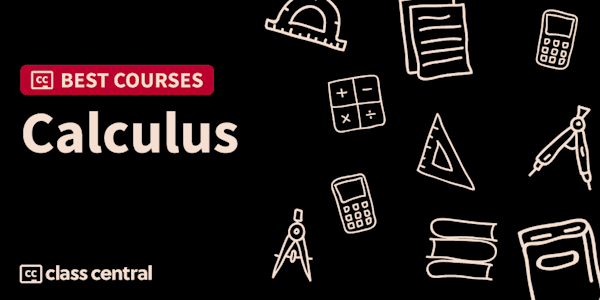The influence of mathematics on real life is increasing day by day. Mathematical technology will be a practical technology with the most extensive, direct, timely and creative application. Calculus is the core course of university mathematics. It mainly studies the differential, integral and other related concepts and applications of functions. It is the basis for learning other mathematics courses such as probability theory and complex variable function. It is the basic tool of professional courses in science and engineering. Therefore, calculus is an important basic theory course in universities of science and engineering. Calculus (II) is a compulsory course for undergraduates. The basic requirements of the course include the theoretical knowledge and application of series, multivariate function and multiple integral. Through the teaching of English, students learn to acquire mathematical knowledge in English while mastering and using English in the process of learning mathematics to achieve a win-win goal of mathematics and English. Therefore, we can cultivate international talents with international competitiveness and meet the needs of the state and society.
Overview
Syllabus
- Chapter 9 Infinite Series
- 9.1 Infinite Sequences
- 9.2 Infinite Series
- 9.3 Positive Series: The Integral Test
- 9.4 Positive Series: Other Tests
- 9.5 Alternating Series, Absolute Convergence, and Conditional Convergence
- 9.6 Power Series
- 9.7 Operations on Power Series
- 9.8 Taylor and Maclaurin Series
- 9.9 The Taylor Approximation to a Function
- Chapter 10 Conics and Polar Coordinate
- 10.1 The Parabola
- 10.2 Ellipses and Hyperbolas
- 10.3 Translation and Rotation of Axes
- 10.4 Parametric Representation of Curves in the Plane
- 10.5 The Polar Coordinate System
- 10.6 Graphs of Polar Coordinates
- 10.7 Calculus in Polar Coordinates
- Chapter 11 Geometry in Space and Vectors
- 11.1 Cartesian Coordinates in Three-Space
- 11.2 Vectors
- 11.3 The Dot Product
- 11.4 The Cross Product
- 11.5 Vectro-Valued Funcions and Curvilinear Motion
- 11.6 Lines and Tangent Lines in Three-space
- 11.7 Curvature and Components of Acceleration
- 11.8 Surfaces in Three-Space
- 11.9 Cylindrical and Spherical Coordinates
- Test 1
- Chapter 12 Derivatives for Functions of Two or More Variables
- 12.1 Functions of Two or More Variables
- 12.2 Partial Derivatives
- 12.3 Limits and Continuity
- 12.4 Differentiability
- 12.5 Directional Derivatives and Gradients
- 12.6 The Chain Rule
- 12.7 Tangent Lines, Tagent Planes and Approximations
- 12.8 Maxima and Minima
- 12.9 The Method of Lagrange Multipliers
- Chapter 13 Multiple Integrals
- 13.1 Double Integrals over Rectangles
- 13.2 Iterated Integrals
- 13.3 Double integrals over nonrectangular regions
- 13.4 Double integrals in polar coordinates
- 13.5 Applications of Double Integrals
- 13.6 Surface Area
- 13.7 Triple Integrals in Cartesian Coordinates
- 13.8 Triple Integrals in Cylindricals and Spherical Coordinates
- 13.9 Change of Variables in Multiple Integrals
- Chapter 14 Vector Calculus
- 14.1 Vector Fields
- 14.2 Line Integrals
- 14.3 Independence of Path
- 14.4 Green’s Theorem in the Plane
- 14.5 Surface Integrals
- 14.6 Gauss’s Divergence Theorem
- 14.7 Stoke's Theorem
- Test 2
- Exercises
- Exercises Lesson(I)
- Exercises Lesson(II)
- Exercises Lesson(III)
- Exercises Lesson(IV)
- Final Test
Taught by
Xue Deng , Yong Liang , Xiaolan Liu , Wenhua Gao , and Qigui Yang

